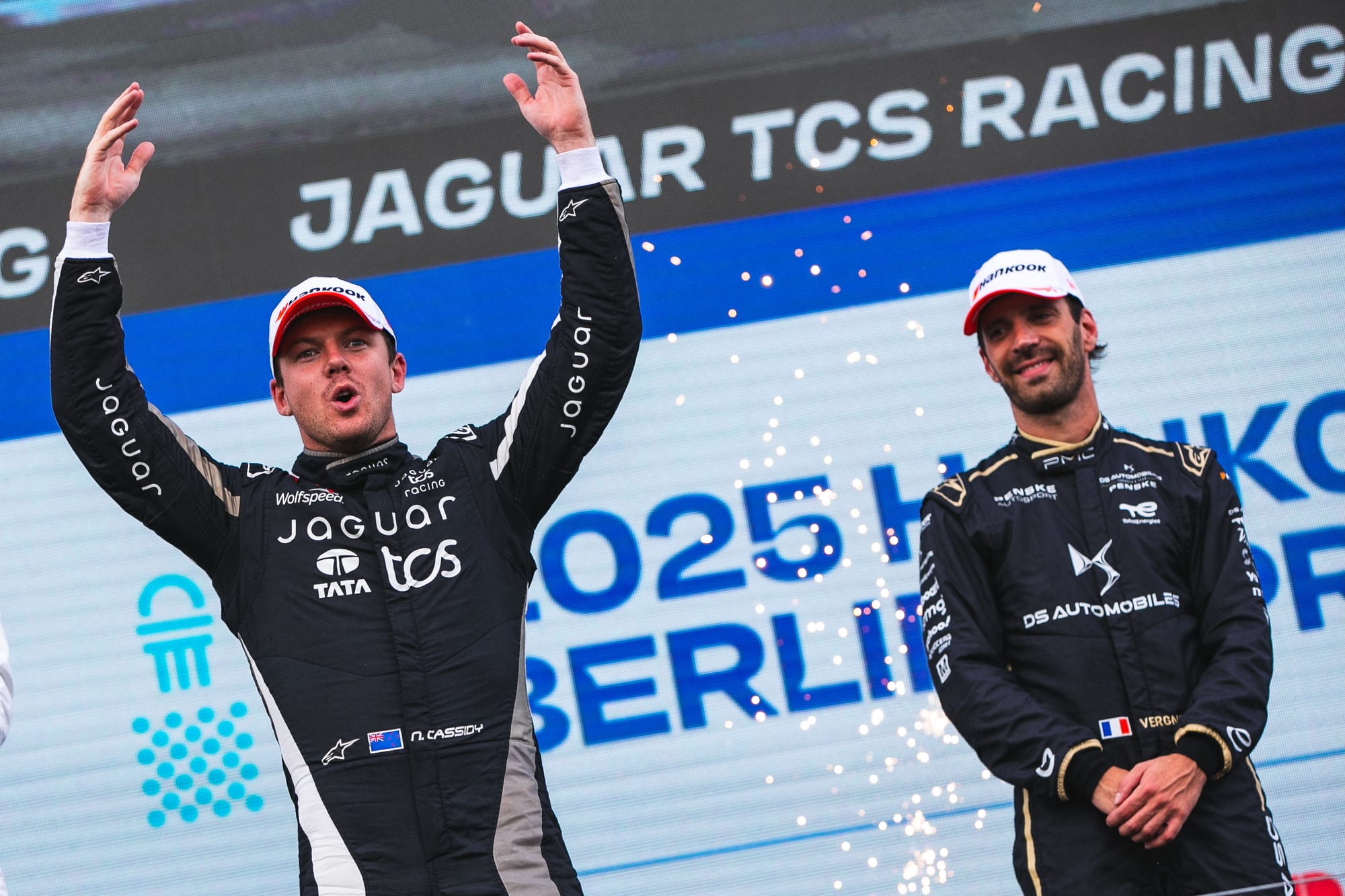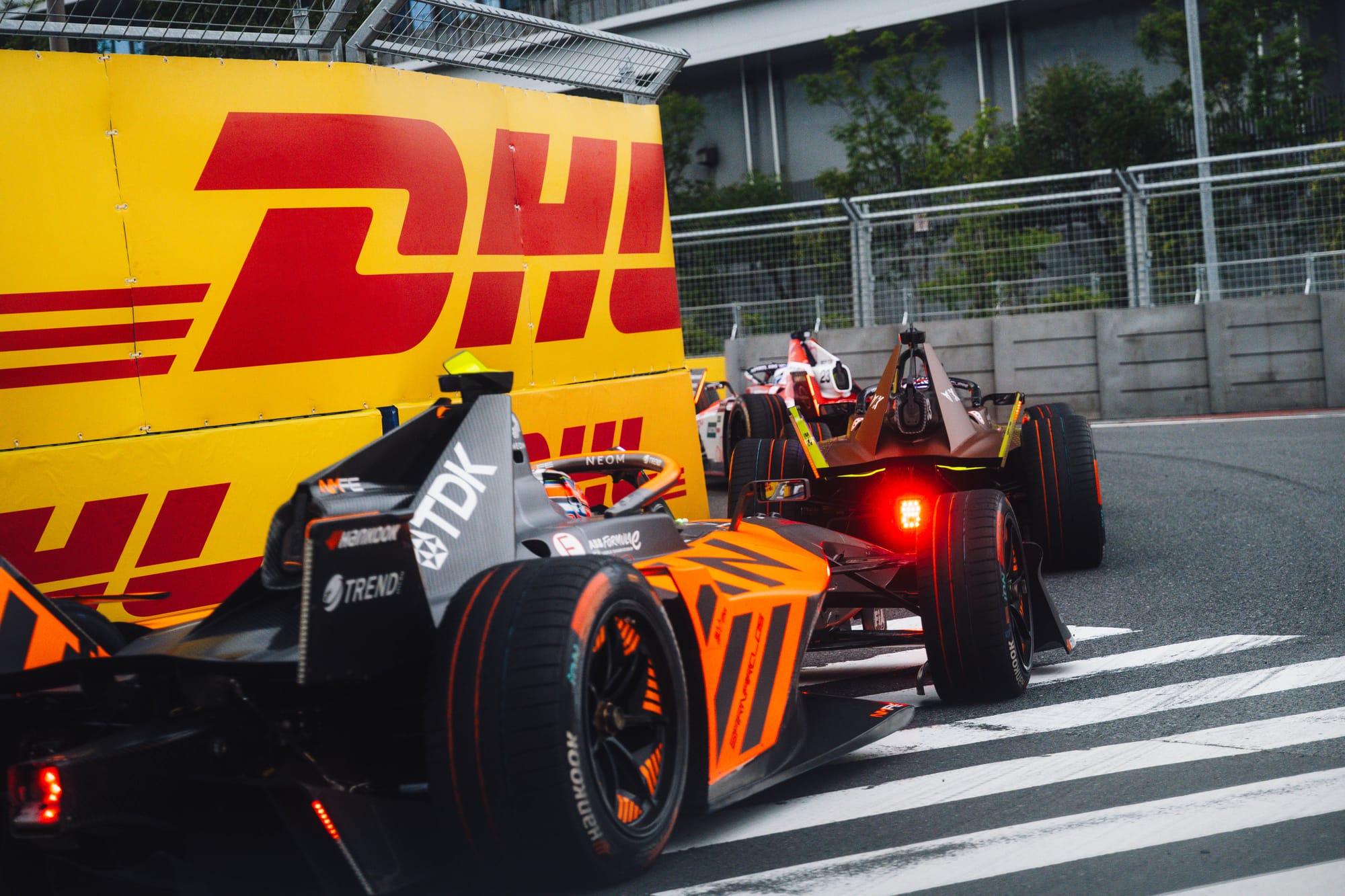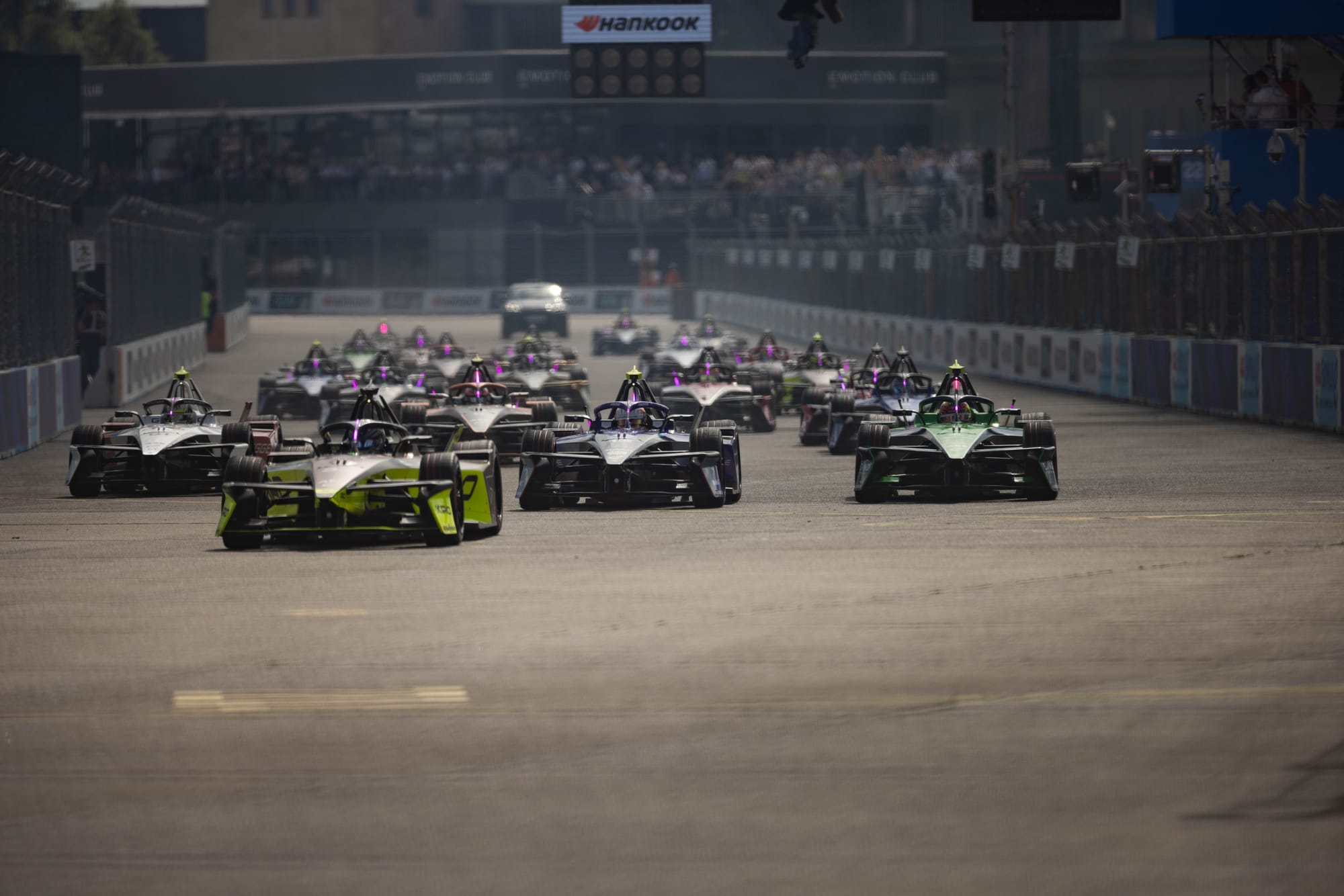Beyond the often brash, committed public relations spin, 2025 has been a difficult year for Formula E, and for several reasons.
At the tip of a warhead that has slowly hurtled towards it has been the health of its grid. Brittle, shaky and volatile are all adjectives that can be used to summarise the stability of its future line-up. Each term is valid.
McLaren has left, the MSG licence is up for grabs, and a so-called 12th slot on the grid has been available for four years now. Additionally, the scarred landscape of the automotive industry, mixed with scatty geopolitics, makes for a confused picture.
Few major manufacturers outside of those already involved are presently looking at Formula E seriously and rather ironically it is one of those already in the bubble - Stellantis - that is likely to paper over some cracks ahead of the Gen4 era beginning at the end of 2026. It will introduce Opel and Citroen to the series and will take at least one licence as it does so.
The Race understands that confirmation that Citroen will replace Maserati at MSG will come within the next 10 days.
That isn't a 'new' entry for Formula E but it will equalise the initial McLaren-generated loss from the end of the 2024-25 onward.
But what muddied the waters for Ian James when he was trying to rescue McLaren was that the MSG team, in a state of financial crisis for several years, was ahead in the queue. What is more was, and still is, the fact that Formula E has been bailing it out.
In the words of one team principal, who preferred not to be named, this is "very far away from a cool look".
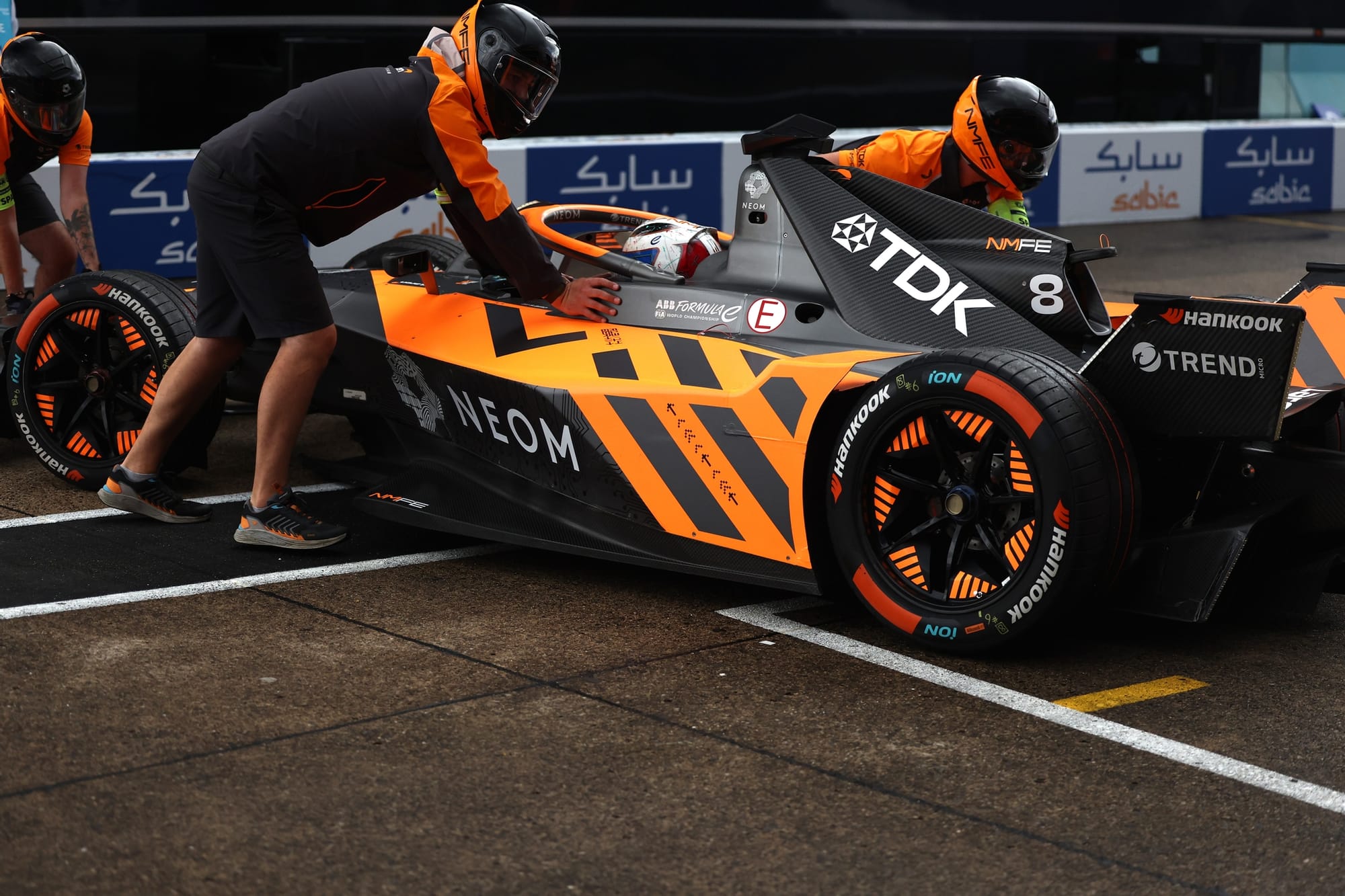
For former McLaren team principal James, it clearly rankled, but in the end he had to swallow the politics and positioning of the MSG situation, even though financially he had prepped McLaren much more sturdily.
"I can't go into the contractual details for obvious reasons, but certainly there was a complexity throughout because of various different agreements and situations which certainly hindered the opportunities for us," James told The Race at the London E-Prix season finale.
But should Stellantis ultimately take two licences then Formula E will be back to having 11 of them filled and it might become a case of 'crisis, what crisis?'.
In fact, many are not seeing an emergency at all and are confident that Formula E will prosper. Among those, naturally, is its master optimist, CEO Jeff Dodds.
While the man fronting Formula E has to have that positive trait, Dodds is no fool either when it comes to the challenges of growing a motorsport business in the present climate.
His positivity and assurance is needed for Formula E and he has made a lot of friends for bringing those two qualities in his two and a half years at the helm so far.
"My view and the view of our shareholder group is that maximum value is created when the number of licences equals the number of teams on the grid," Dodds told The Race recently.
"Because then you have scarcity, which means anybody looking to come in either needs to do a deal with an existing team, or they need to sit waiting and it builds the premium and builds the value of teams up.
"As of now, we have 11 teams on the grid. And by the way, there's always really healthy teams, quite healthy teams, and teams that aren't healthy and financially motivated [in motorsport]. That's every motorsport [discipline] in the world."
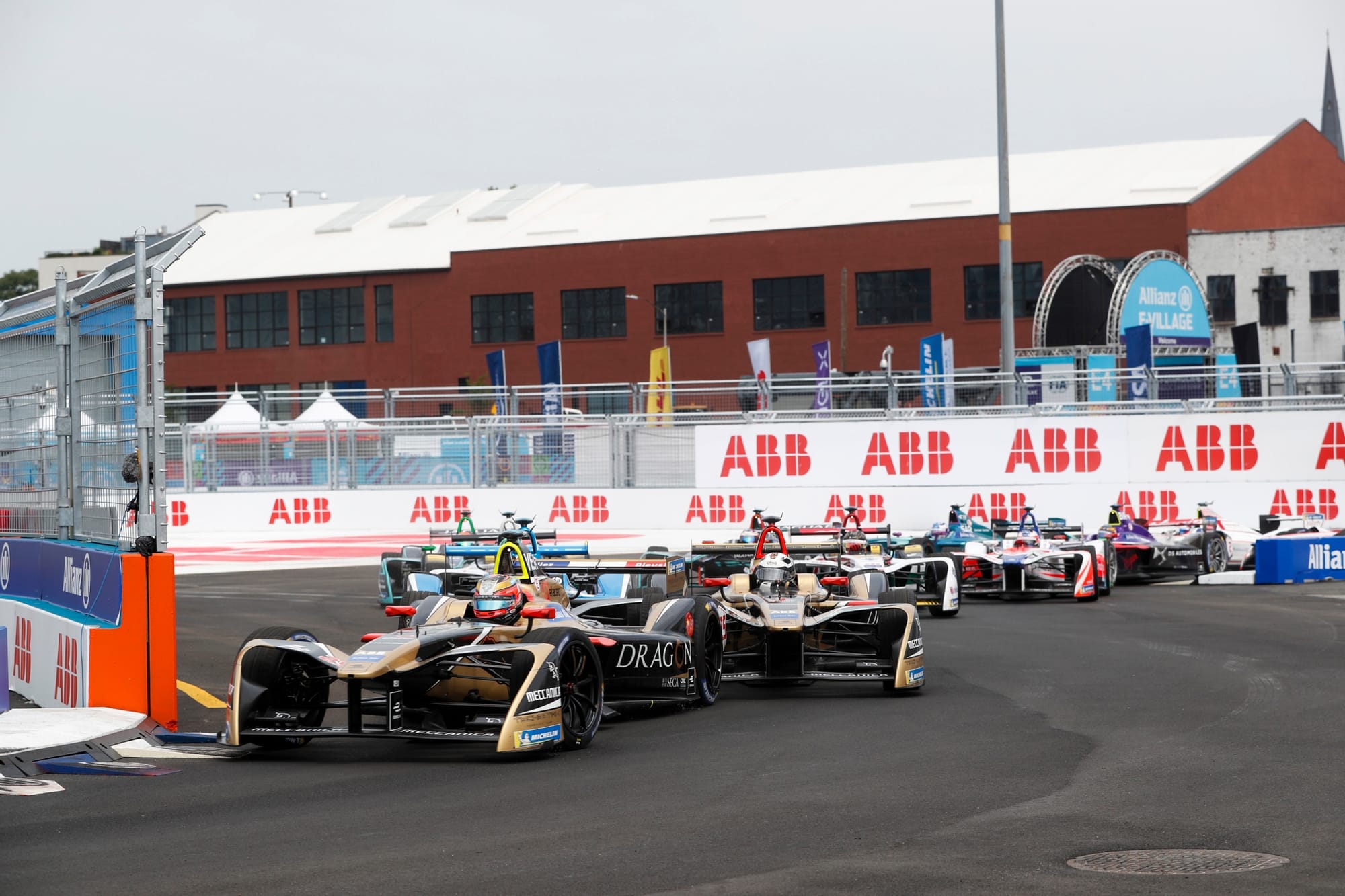
Next season, 10 teams will be on the grid, the first time since the 2017-18 campaign that the entry has been down to that number. But for the season after, when the Gen4 era starts, Dodds and other Formula E executives are confident that a full 24-car grid will be achievable.
This would presumably be the MSG and ex-McLaren licences being shored up either by a new investment group or Stellantis itself and the so-called 12th licence, which was held by Audi until 2021, being utilised.
Word is that Stellantis might take that slot and use it for a new team that will be run by Stellantis Motorsport for its Opel brand. Whatever permutations occur, at least one new set of investors is needed.
One challenge that Formula E has is that fresh investors will do forensic due diligence on the world championship and part of that will no doubt include talking to new investors, such as Forest Road Co, and also more mature ones, such as Envision and TWG (Andretti), on how their investments are stacking up.
For now, a reduced grid next season is seen as just a temporary bitter pill that Formula E has to swallow.
"To expect a new team to join in the final year of a generation is silly," added Dodds, describing why a saviour for the McLaren team didn't emerge for 2025-26, which will mark the end of the Gen3 Evo cycle.
"That's not going to happen. But we also have a pathway to 12 teams currently for Gen4.
"If it wasn't 12, and it was 11, then there's a very strong argument to say, 'Why don't for Gen4, we tap out 11?'
"That way we are a number of licences that match the number of teams and we create scarcity through degeneration. I think there is a very strong argument for that but it's a little early to make the call because the teams need to go through the process of signing up for Gen4 over the next six months.
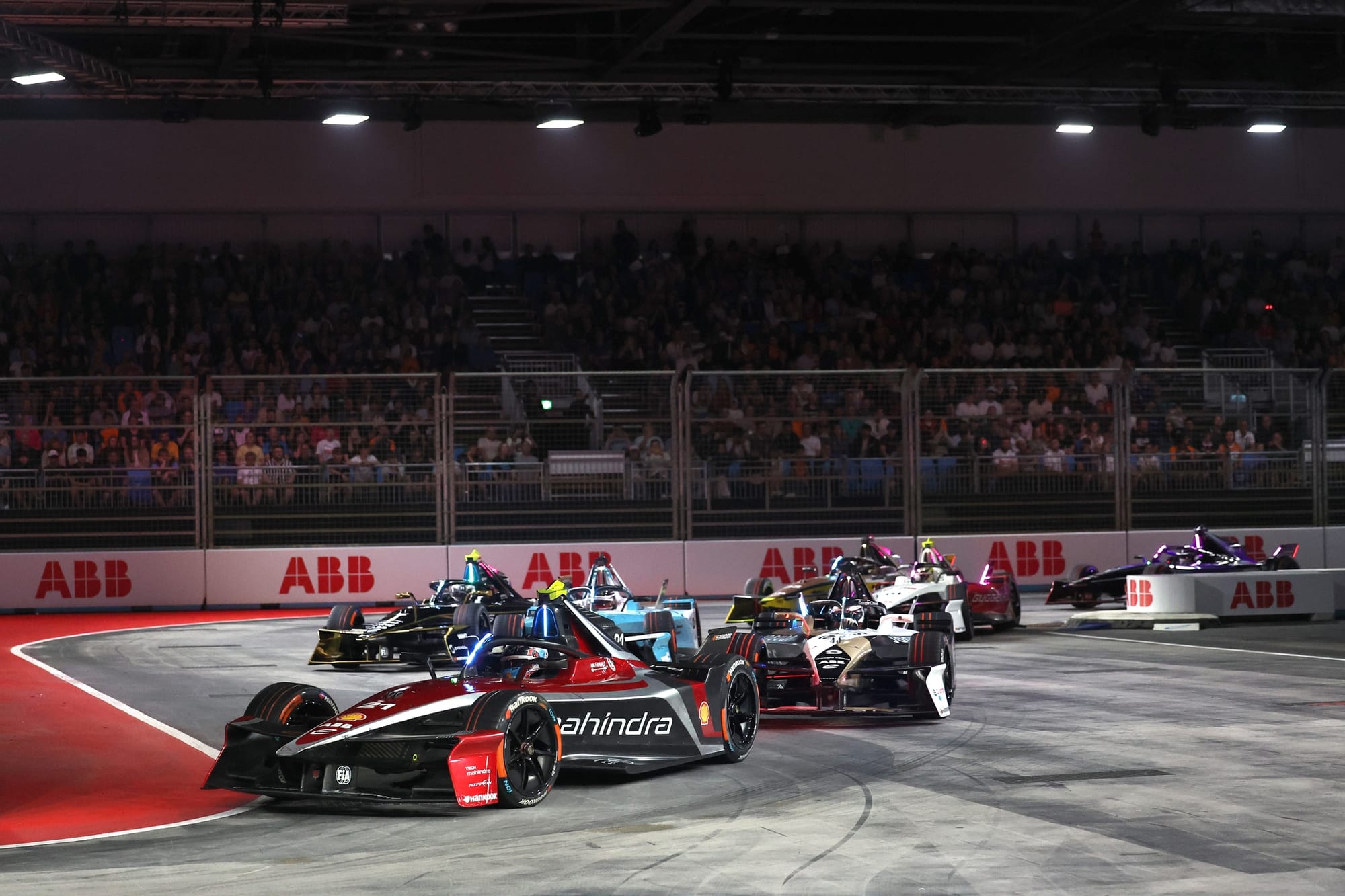
"We've got a little bit of a window left on manufacturer sign up for Gen4, just a little bit. I think within probably the next three or four months, we'll know the answer."
The other teams and manufacturers have recently applied some pressure to have the total number of licences reduced to 11 or even in some cases 10. Although not all are desperate for a reduction right now.
"If you really saw that the interest is not there, it would probably be the right way to reduce the amount of licences. I think it would still be healthy," Porsche motorsport boss Thomas Laudenbach told The Race in London.
"To me, a figure between 10 and 12 is fine, as a series. It can work with 10, it can perfectly work with 12, it can work with 11.
"But in order to judge whether it makes sense to reduce [the amount of licences], it's really down to how big is the interest of other manufacturers, investors, whatever, in buying one of these licences.
"I think then you've got to make your decision there. And from all my talks with Formula E and with Jeff [Dodds], they are very open to any solution. I think they are very much interested really in having it stable and healthy.
"I don't see it necessary right now, with the information that I've got, that we need to reduce it now to keep it stable."
As long as the grid doesn't duck below the 20-car mark, it feels as though Formula E has a chance to kick on to the next level, which its majority owners Liberty Global so desire.
The waters are choppy, but if Formula E has proved one thing in the last dozen years or so it's that it has durability to go with the ambition.



